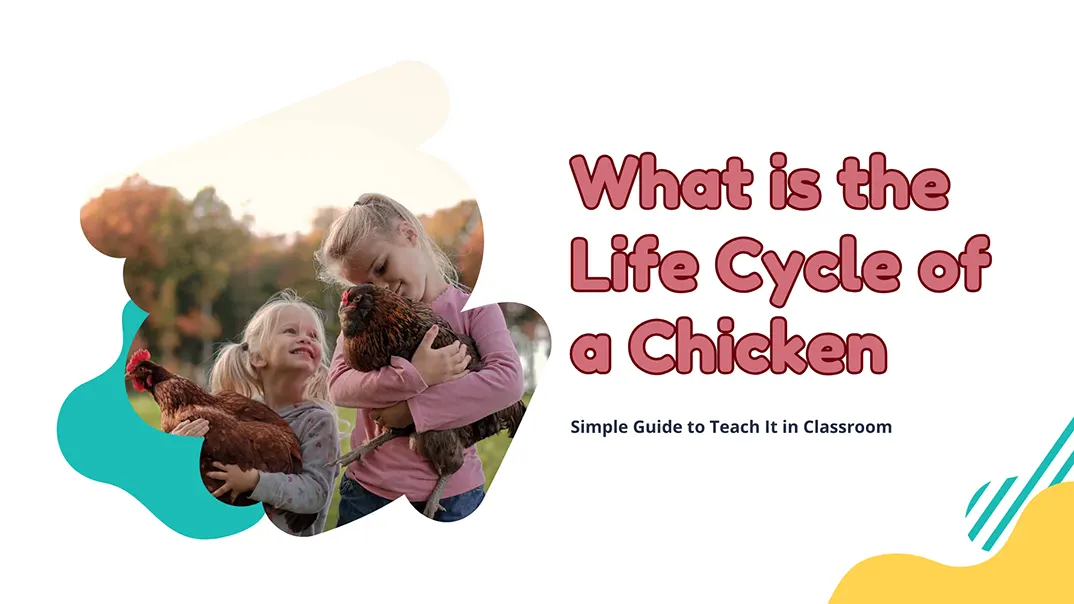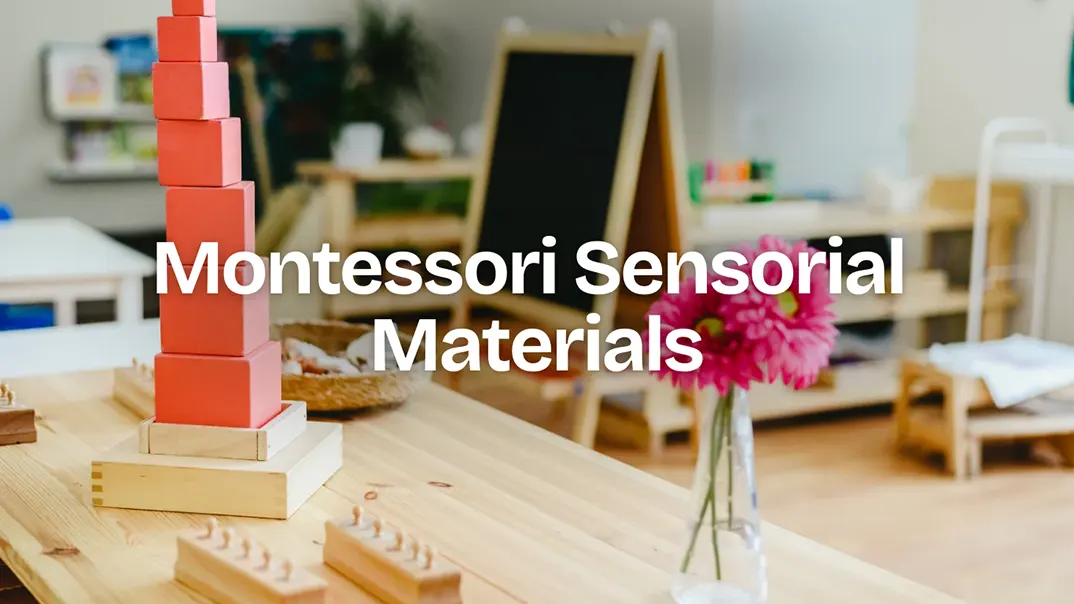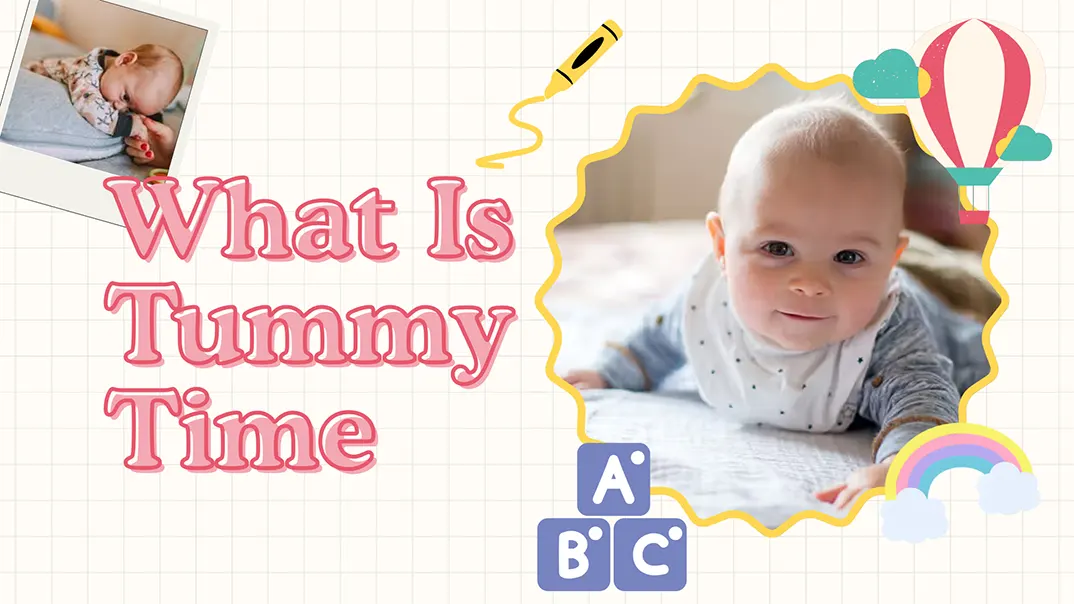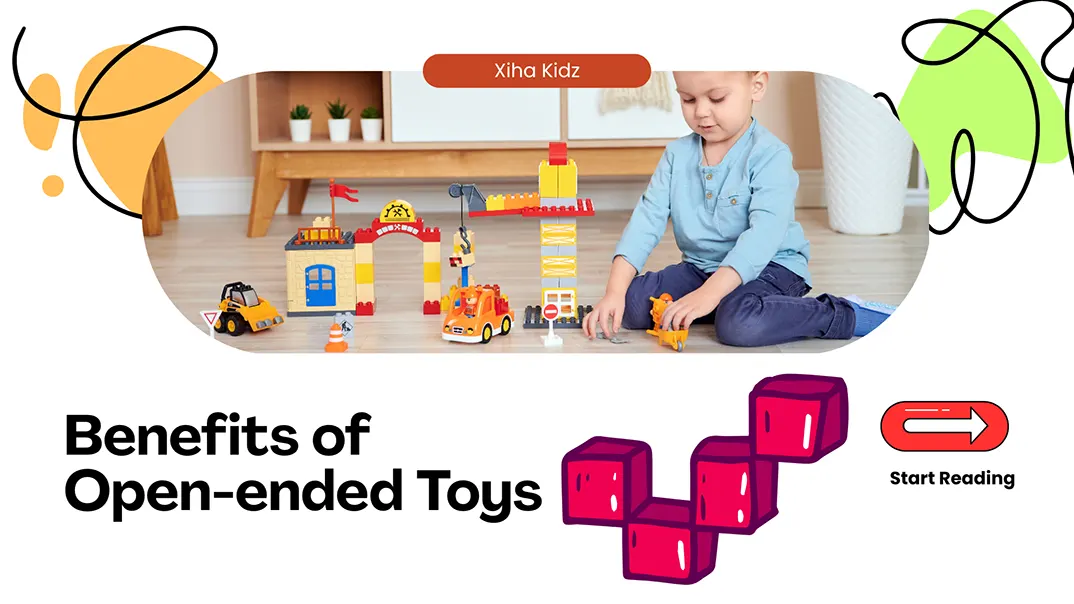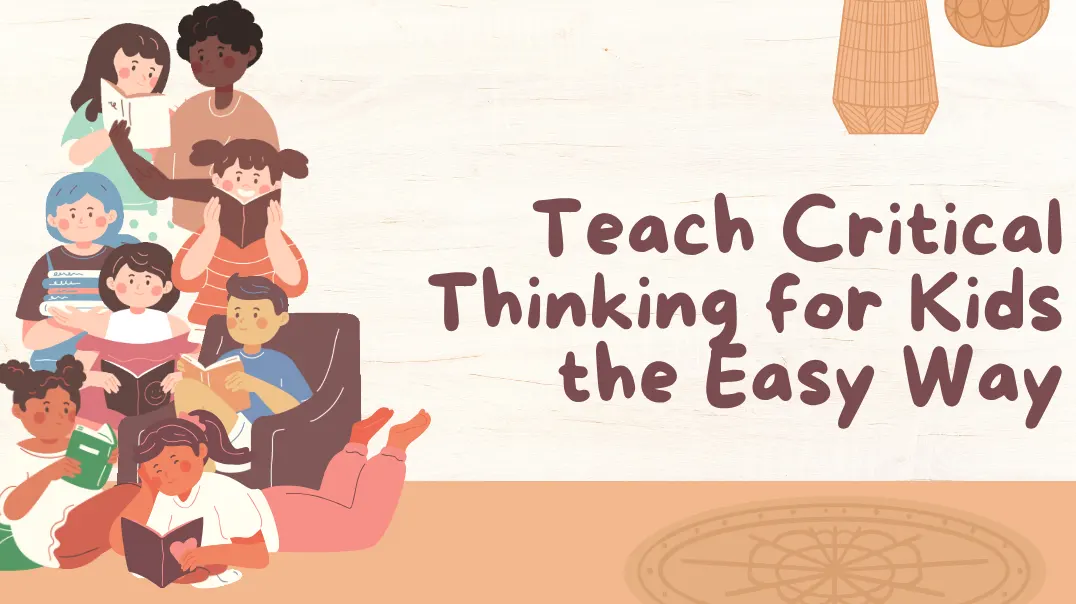Have you ever noticed that your child follows instructions well but struggles to put their thoughts into words? Or perhaps they talk a lot but seem to miss the meaning of what others say? These differences can be confusing and often raise concerns for parents and educators. In early childhood, these challenges usually relate to two key aspects of language development: receptive and expressive language. Without understanding the distinction between the two, it can be challenging to know whether a child is developing typically or needs additional support.
Receptive and expressive language are the two core components of communication. Receptive language refers to a child’s ability to understand spoken or written words, while expressive language is the ability to use words, sentences, gestures, or writing to convey meaning. Together, they form the foundation for effective interaction, learning, and emotional expression in young children. Recognizing the development of receptive and expressive language can help parents, educators, and therapists identify strengths and potential delays early on.
Want to support your child’s communication skills better? Keep reading to explore how receptive and expressive language develop—and what you can do to nurture both from the start.
What Is Receptive Language?
Receptive language is the ability to understand spoken, written, or signed communication. It refers to how well a child can receive and process language input—from simple instructions to complex conversations. Before children can speak or express themselves clearly, they must first develop the capacity to comprehend what others are saying. This makes receptive language one of the earliest and most essential building blocks in overall language development.
In early childhood, receptive language development is often ahead of expressive language. For example, a toddler might not yet be able to say “dog,” but will look toward a dog when they hear the word. Understanding words, following directions, reacting appropriately to questions, and interpreting tone or body language are all signs that a child is developing receptive language skills.
Receptive language supports learning, behavior, and emotional development. It allows children to follow routines, make sense of classroom instructions, understand stories, and build meaningful social relationships. Without well-developed receptive language, children may appear inattentive, uncooperative, or delayed in speech—even if their thinking skills are otherwise age-appropriate.
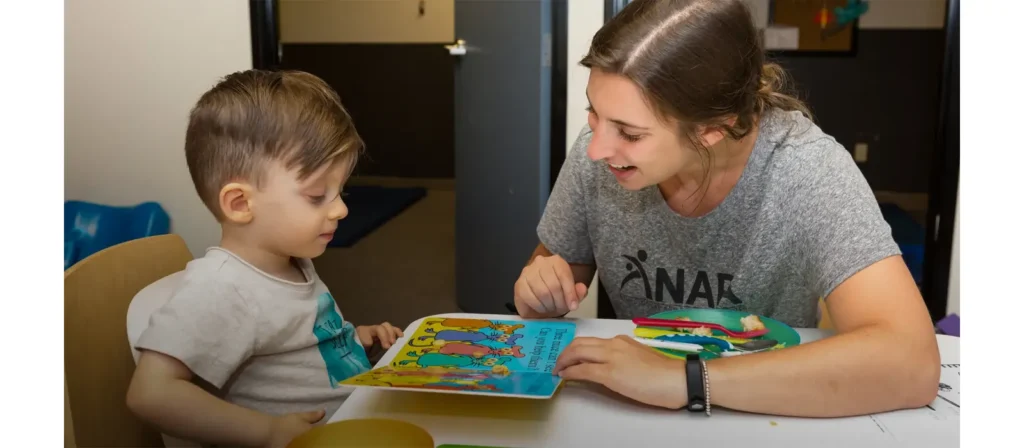
Key Components of Receptive Language
Receptive language is a complex skill that involves more than just hearing words—it requires a combination of cognitive, auditory, and linguistic abilities. Here are the main components of receptive language:
- Auditory Processing
This refers to the brain’s ability to interpret sounds, including speech. A child must be able to hear words clearly and distinguish them from background noise in order to understand what is being said. - Vocabulary Comprehension
Receptive language relies heavily on a child’s ability to recognize and understand the meaning of words and phrases. The broader a child’s receptive vocabulary, the easier it is for them to follow conversations and instructions. - Syntax and Grammar Understanding
Children need to understand how words are structured in a sentence to grasp meaning. For example, “The dog chased the cat” means something very different from “The cat chased the dog.” - Contextual Interpretation
Receptive language also involves interpreting language based on context—such as tone of voice, facial expressions, or social cues. This helps children make sense of ambiguous or non-literal language like jokes, sarcasm, or idioms. - Memory and Attention
Listening and understanding require sustained attention and short-term memory. A child must be able to stay focused, retain spoken information, and mentally process it in order to respond or act accordingly.
カスタム家具ソリューションで教室を変身させましょう
Receptive Language Examples
Receptive language skills appear in many everyday situations—often before a child can speak clearly themselves. Observing how a child responds to verbal or non-verbal language gives valuable insight into their ability to understand what others communicate. Here are some examples of receptive language in early childhood:
- Following simple directions: A toddler who responds to “Bring me your shoes” is using receptive language skills to understand and act on verbal input.
- Identifying objects or people: When a child points to a picture of a dog after hearing “Where’s the dog?”, they are demonstrating word comprehension.
- Responding to questions: Answering appropriately to “Do you want more juice?” shows that the child understands the question’s meaning, even if the response is nonverbal.
- Reacting to tone or mood: A child who looks concerned when someone uses a sad tone is processing more than just words—they’re interpreting emotional cues.
- Understanding stories read aloud: When a preschooler can retell parts of a story or answer basic questions about it, they are engaging their receptive language abilities.
What Is Expressive Language?
Expressive language is the ability to convey thoughts, needs, emotions, and ideas through verbal or non-verbal communication. It is the outward flow of language—how children share what’s inside their minds using words, sentences, gestures, or writing. Unlike receptive language, which deals with understanding, expressive language is about output: what the child can actively say, sign, or write.
For children developing communication skills, expressive language emerges gradually, often after receptive language has already laid the groundwork. A child who understands what “milk” means may initially point to the fridge when thirsty. Later, they may say “milk” or form a complete sentence like “I want milk, please.” This growth from basic to complex expression marks a key developmental trajectory in early childhood.
As children grow, expressive language becomes essential for academic learning, social interaction, and emotional expression. It helps them ask for help, describe experiences, explain ideas, and engage with peers. Strong expressive language skills can boost a child’s confidence and foster positive relationships.

Key Components of Expressive Language
Expressive language is made up of several interconnected components that work together to create clear, effective communication. Understanding these elements helps caregivers and educators support each area appropriately.
- Vocabulary Knowledge
A robust vocabulary is fundamental to expressive language. The more words a child knows, the more accurately they can express themselves. This includes nouns, verbs, adjectives, and functional words like “because” or “if.” - Syntax and Grammar
These rules determine how words are structured in sentences. Children need to learn verb tenses, plurals, prepositions, and sentence patterns to speak clearly and be understood. - Sentence Formation
Expressive language requires the ability to string together words into complete, meaningful sentences. Children gradually move from two-word phrases like “want juice” to more complex structures like “Can I have more apple juice, please?” - Narrative Skills
The ability to tell stories or explain events in sequence is a higher-level aspect of expressive language. This includes describing what happened, who was involved, and how it made them feel. - Word Retrieval and Fluency
Children must be able to quickly find the right words when speaking. Delays in word retrieval may result in pauses, filler words, or the use of vague terms like “thing” or “stuff.” - Pragmatic Language Use
This refers to using language appropriately in different social contexts. Children need to learn how to take turns in conversation, stay on topic, and adjust language based on the listener.
Expressive Language Examples
Expressive language shows up in countless everyday interactions. It’s how children let the world know what they’re thinking, feeling, and needing. Here are common examples of expressive language in action:
- Using Words to Make Requests
When a child says, “I want a cookie,” they are expressing a desire using structured language. - Naming People or Objects
Identifying a picture in a book and saying “That’s a cat” demonstrates vocabulary usage and labeling. - Describing Events or Emotions
A preschooler explaining “I fell down and it hurt” is using expressive language to share personal experiences. - Answering Open-Ended Questions
When a child responds to “What did you do at school today?” with “We played with blocks and built a tower,” they are using narrative and memory skills. - Participating in Conversations
Taking turns while talking, asking follow-up questions, or responding with relevant comments are signs of social and pragmatic use of expressive language. - Creating Stories or Pretend Play
During imaginative play, children often act out roles and invent dialogues, practicing storytelling and expressive fluency. - Using Gestures or Sign Language
Non-verbal communication, such as nodding, pointing, or using baby signs, especially in younger children, also counts as expressive language.
カスタム家具ソリューションで教室を変身させましょう
Why Are Receptive and Expressive Language Skills Important?
Receptive and expressive language skills are the backbone of effective communication in early childhood and beyond. These abilities not only shape how children interact with the world but also influence every aspect of their cognitive, social, emotional, and academic development.
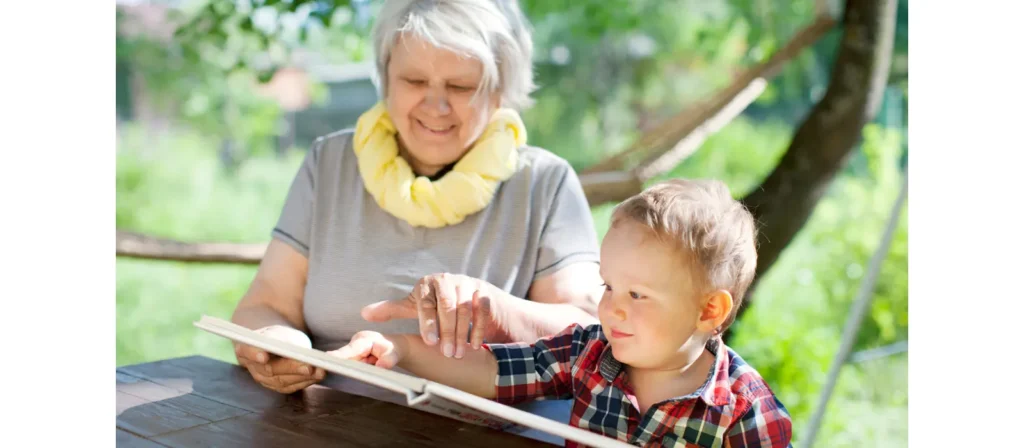
Foundation of Communication
Children rely on receptive language to understand others—what’s being said, how it’s being said, and the meaning behind it. Equally, expressive language allows them to speak up, share ideas, ask questions, and express feelings. Without well-developed receptive and expressive language, a child’s ability to engage meaningfully with peers, parents, teachers, and the broader environment becomes limited.
The Role in Academic Success
In educational settings, these language skills are directly tied to learning. Receptive language allows students to follow directions, comprehend lessons, and grasp new concepts. Expressive language enables them to participate in classroom discussions, complete verbal assignments, and demonstrate understanding. Delays or weaknesses in either skill can impact reading comprehension, written expression, and overall academic performance.
Supporting Social and Emotional Development
Social development is another key area influenced by receptive and expressive language. Children need to understand social cues, follow group activities, and contribute to conversations. If they cannot comprehend language well or express themselves clearly, they may feel frustrated, isolated, or misunderstood—leading to behavioral or emotional challenges.
Additionally, emotional intelligence is closely linked to language skills. Being able to name and describe emotions—both their own and others’—requires expressive vocabulary and the ability to interpret tone and body language, which falls under receptive language. This emotional vocabulary is critical for self-regulation and empathy.
当社の全製品ラインナップをご覧ください
幼稚園や学校向けの最高品質の家具や遊具を取り揃えた当社の総合カタログをご覧ください。
Cognitive Growth and Problem Solving
From a developmental perspective, receptive and expressive language provide the scaffolding for more advanced communication skills, including problem-solving, negotiation, and critical thinking. A child who can understand a problem and articulate a solution is better prepared to navigate real-world challenges.
What Is the Difference Between Receptive and Expressive Language?
Receptive and expressive language are two distinct yet interrelated aspects of communication. Understanding the difference between them is essential for identifying strengths and areas where a child may need additional support. While receptive language refers to how a child interprets and understands language input, expressive language is about how they use language to communicate outwardly.
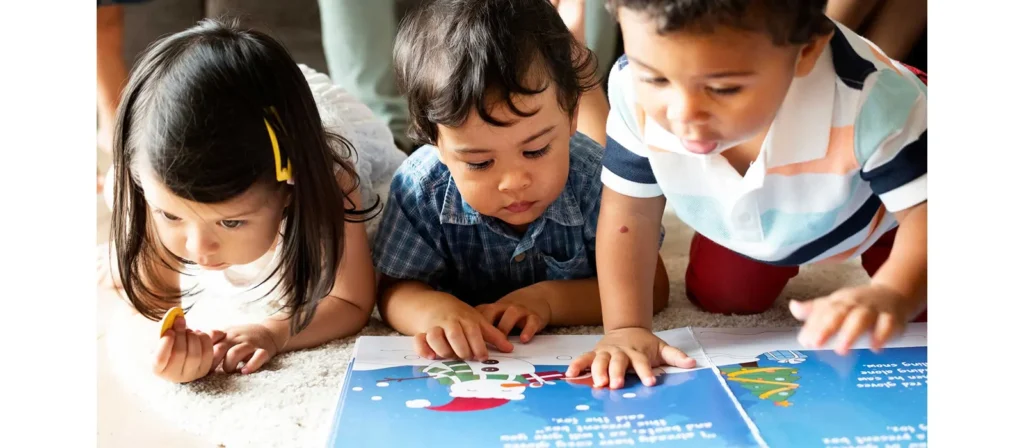
Receptive Language: Taking Information In
Receptive language is the ability to comprehend what is said, read, or gestured. It includes understanding vocabulary, following instructions, recognizing tone of voice, and interpreting non-verbal cues like body language. Children use receptive language when they listen to a story, follow a classroom rule, or respond appropriately to a question—even without speaking.
Expressive Language: Sending Information Out
In contrast, expressive language involves the active production of language. This includes forming words, building sentences, and using gestures or facial expressions to convey meaning. When a child tells a story, asks for help, or describes what they did at school, they are engaging in expressive language.
Receptive Vs Expressive Language
Although they work together, receptive and expressive language can develop at different rates. Many children understand far more than they can express, especially in early development. For instance, a toddler may follow complex directions yet only speak in two-word phrases. This is often normal and reflects a stronger receptive skill set compared to expressive abilities.
Here is a comparison of the two in table form for clarity:
| 側面 | Receptive Language | Expressive Language |
|---|---|---|
| 関数 | Understanding language | Producing language |
| Skills Involved | Listening, reading, interpreting non-verbal cues | Speaking, writing, gesturing |
| Developmental Timing | Typically develops earlier | Usually develops slightly later |
| 例 | Following directions, understanding questions | Telling a story, asking a question |
| Challenges May Look Like | Appearing inattentive, not following instructions | Limited vocabulary, short or unclear sentences |
Supporting Receptive and Expressive Language
Children don’t develop strong communication skills by chance—it takes intentional interaction, consistent modeling, and a language-rich environment. Receptive and expressive language development begins long before a child utters full sentences, and the way adults engage with children plays a critical role in shaping those abilities. Whether a child is learning to follow directions, name objects, or describe how they feel, everyday experiences offer countless opportunities to build both understanding and expression.

Strategies to Improve Receptive Language
Helping children improve their receptive language means strengthening their ability to understand and process the language they hear or read. This area of development is essential for following directions, answering questions accurately, and comprehending stories or conversations.
Here are some practical strategies to support receptive language:
- Use Clear and Simple Language
Speak in short, structured sentences appropriate to the child’s developmental level. This helps children grasp the meaning more easily and reduces confusion. - Repeat and Rephrase Instructions
If a child doesn’t understand the first time, repeat using different wording or break the instruction into smaller steps. For example, instead of “Get ready for bed,” try “Go put on your pajamas.” - Incorporate Visual Aids
Visual supports like picture schedules, flashcards, or gestures can reinforce verbal instructions and help children connect words with meaning. - Read Aloud Regularly
Reading to children not only builds vocabulary but also improves comprehension. Pause to ask questions, explain unfamiliar words, and encourage prediction and discussion. - Ask Yes/No and Wh- Questions
Mix yes/no questions with open-ended ones like “What happened next?” or “Why do you think she’s sad?” to test and grow comprehension. - Model Listening Skills
Show active listening by making eye contact, nodding, and summarizing what others say. Children learn to understand by observing how adults respond to language. - Use Songs and Rhymes
Music, repetition, and rhythm make it easier for young children to absorb new language and recall meanings.
These techniques can be embedded into everyday routines and adapted across ages to nurture strong receptive language skills.
カスタム家具ソリューションで教室を変身させましょう
Strategies to Improve Expressive Language
Enhancing expressive language involves helping children use words and sentences to share ideas, describe experiences, and interact socially. When children struggle to express themselves, it can lead to frustration and isolation—so proactive support is essential.
Here are effective strategies to boost expressive 言語発達:
- Expand on the Child’s Speech
If a child says “dog,” respond with “Yes, the brown dog is running fast!” This models more complex sentence structures and adds descriptive language. - Encourage Storytelling and Role Play
Use puppets, toys, or pictures to prompt storytelling. Encourage children to narrate events or make up their own stories, building vocabulary and sequencing skills. - Create Opportunities for Conversation
Give children plenty of chances to talk throughout the day. Ask about their interests, opinions, or plans and respond with genuine interest. - Introduce New Vocabulary Gradually
Teach new words during meaningful experiences. For example, while baking, introduce terms like “mix,” “pour,” and “measure” in context. - Use Sentence Starters
Help children get started with phrases like “I feel…,” “I want to…,” or “Next, I will…” to structure their responses. - Practice Turn-Taking and Topic Maintenance
Teach conversational rules like waiting for a turn to speak and staying on topic. Use games or partner activities to reinforce these social communication skills. - Utilize Descriptive and Open-Ended Questions
Ask questions like “What was your favorite part of the movie?” instead of yes/no queries to encourage longer, more expressive answers.
Educational Toys That Support Receptive and Expressive Language
The right 知育玩具 can do more than entertain—they can actively support language development by encouraging children to listen, respond, describe, and engage in back-and-forth interaction. Well-chosen toys help build both receptive and expressive language skills through play-based learning, which is essential in early childhood.
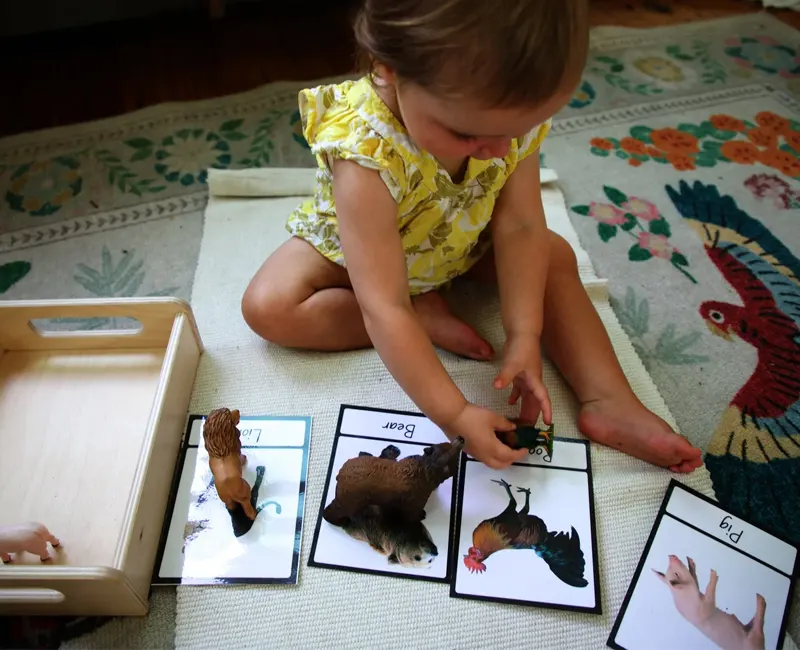

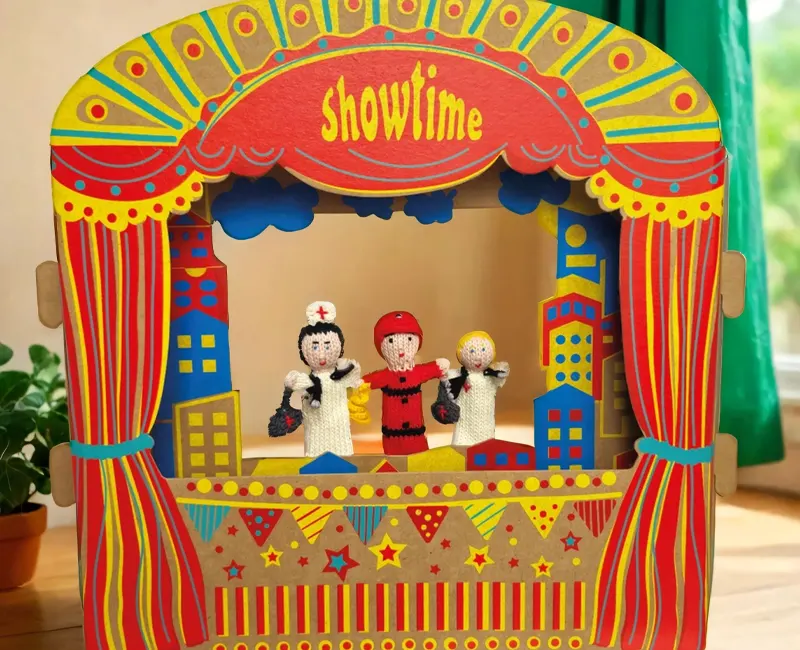
- Object-to-Picture Matching Cards
- Sequencing Story Cards
- Montessori Object Permanence Boxes
- Wooden Animal Figurines with Label Cards
- Puppet Theater Sets
- Emotion Expression Dice
- Role-Play Sets (e.g., doctor, firefighter, chef)
- Montessori Language Nomenclature Cards
- Wooden Alphabet and Word-Building Blocks
- Magnetic Sentence Builders
- Sound and Listening Lotto Games
- Picture-based Question and Answer Cards
- Interactive Story Cubes
- Vocabulary Classification Boxes (e.g., fruits, transportation)
- Montessori Farm Set with Language Labels
- Realistic Play Food Sets with Category Sorting
- Conversation Prompt Wheels
- Descriptive Adjective and Verb Flashcards
- Guessing Game Boards (visual clue-based)
- Scene-Based Language Mats (e.g., park, kitchen, classroom)
当社の全製品ラインナップをご覧ください
幼稚園や学校向けの最高品質の家具や遊具を取り揃えた当社の総合カタログをご覧ください。
FAQs About Receptive and Expressive Language
- What is receptive and expressive language?
Receptive and expressive language are the two core parts of communication. Receptive language is how we understand what others say, while expressive language is how we use words, gestures, or writing to share our thoughts. Both are essential for learning, socializing, and daily interactions. - Can a child have strong receptive language but weak expressive language?
Yes, it’s common for children to understand far more than they can express, especially in early development. A child with strong receptive language may follow instructions or comprehend stories well, but struggle to form sentences or use words appropriately. This imbalance is often temporary but may require support if it persists. - At what age should children develop receptive and expressive language skills?
Receptive and expressive language develops from infancy. By 12 months, many children understand simple commands (receptive) and begin to use a few words (expressive). By age 2–3, vocabulary expands rapidly, and children start using sentences. Delays beyond these milestones may warrant professional evaluation. - How can parents support receptive and expressive language at home?
Parents can enhance receptive language by giving clear instructions, reading aloud, and using visual supports. Expressive language can be boosted through daily conversations, encouraging storytelling, expanding on children’s words, and introducing new vocabulary in context. Consistent interaction is key to development. - What are some signs of receptive and expressive language delays?
Signs of receptive language delay include not responding to their name, ignoring instructions, or appearing confused during conversations. Expressive language delays may show up as limited vocabulary, short phrases, or difficulty telling stories. Delays in either area can impact learning and social skills. - What activities support receptive and expressive language development?
Reading aloud, singing, asking 自由回答形式の質問, using visuals, and having daily conversations all help boost both receptive and expressive language. - How do receptive and expressive language affect academic performance?
Children need receptive skills to understand lessons and expressive skills to show what they’ve learned. Delays in either area can affect reading, writing, and participation. Language abilities shape school readiness.
結論
Understanding receptive and expressive language is essential for supporting a child’s communication journey from infancy through early education. These two language domains—receptive for understanding and expressive for producing language—form the foundation of how children learn, connect, and thrive in daily life. While they develop at different rates, they are deeply interconnected and equally vital.
Early identification of language delays and intentional support using everyday tools—such as conversation, books, and educational toys—can dramatically improve outcomes. With awareness, patience, and the right resources, we can help every child become a confident communicator and active participant in their world.



